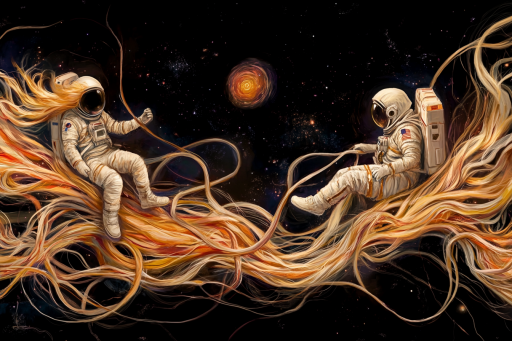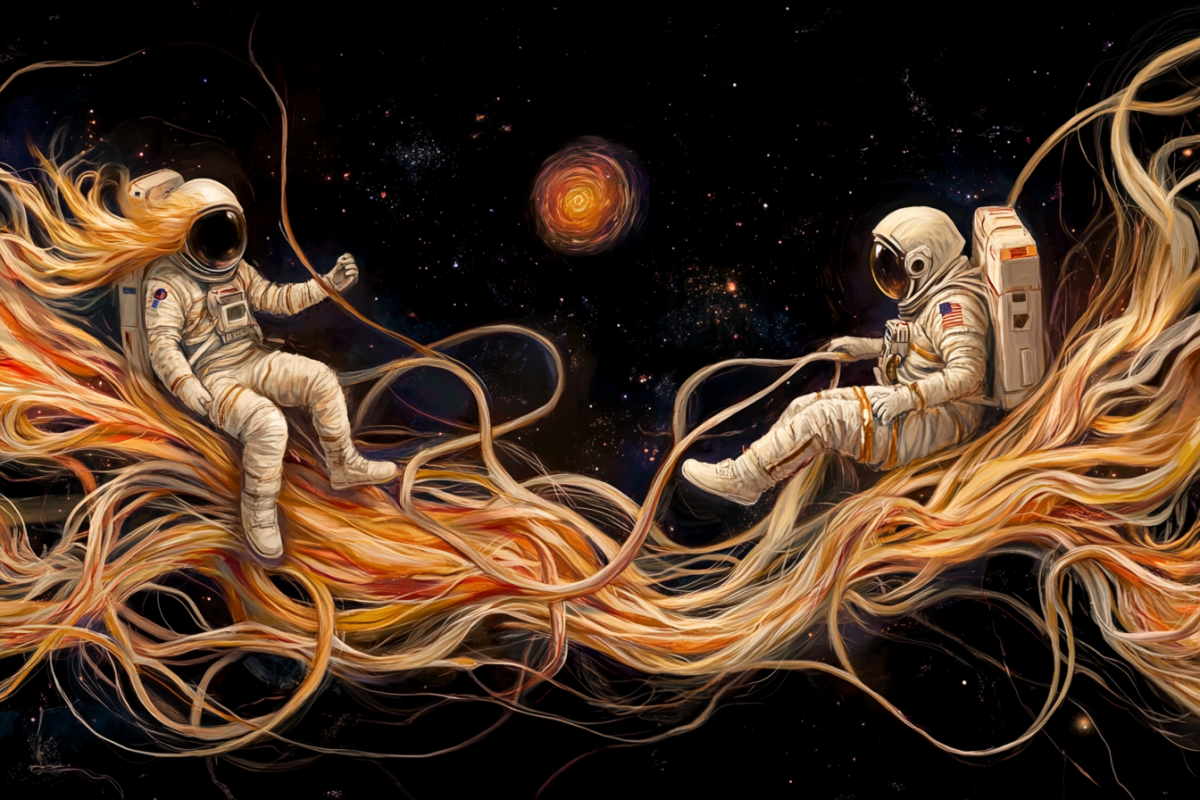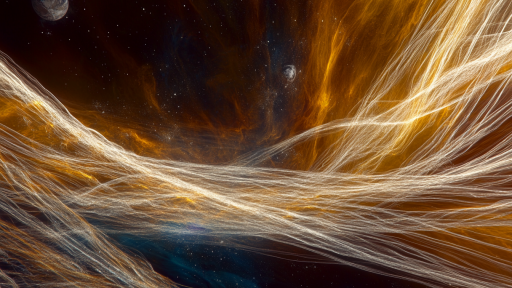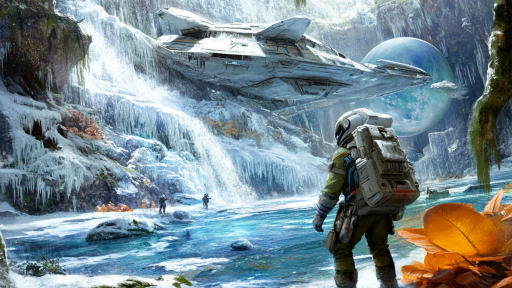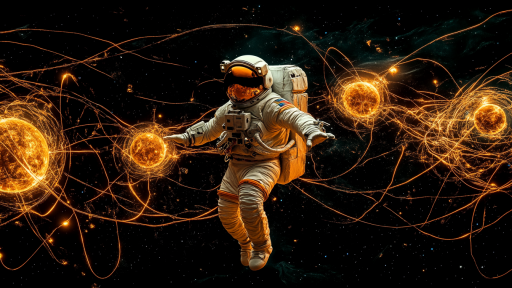
Space-time is far stranger than we ever imagined, bending, stretching, and warping in ways that defy intuition. From cosmic glitches to regions where time itself may break down, the universe is filled with astonishing phenomena that challenge our understanding of physics. Some of these bizarre occurrences are predicted by Einstein’s theories, while others remain unexplained mysteries. What secrets does the fabric of reality hold, and could we ever hope to unravel them?
Time Runs Faster in Space

One of the strangest effects of space-time is that time flows differently depending on gravity and motion. Astronauts aboard the International Space Station age slightly slower than people on Earth due to the effects of relativity. In deep space, near massive objects like black holes, time slows dramatically—perhaps to a complete standstill. This means that, in a very real sense, space travelers may experience time at a different rate than those left behind.
The Great Attractor – A Mysterious Force Pulling Galaxies
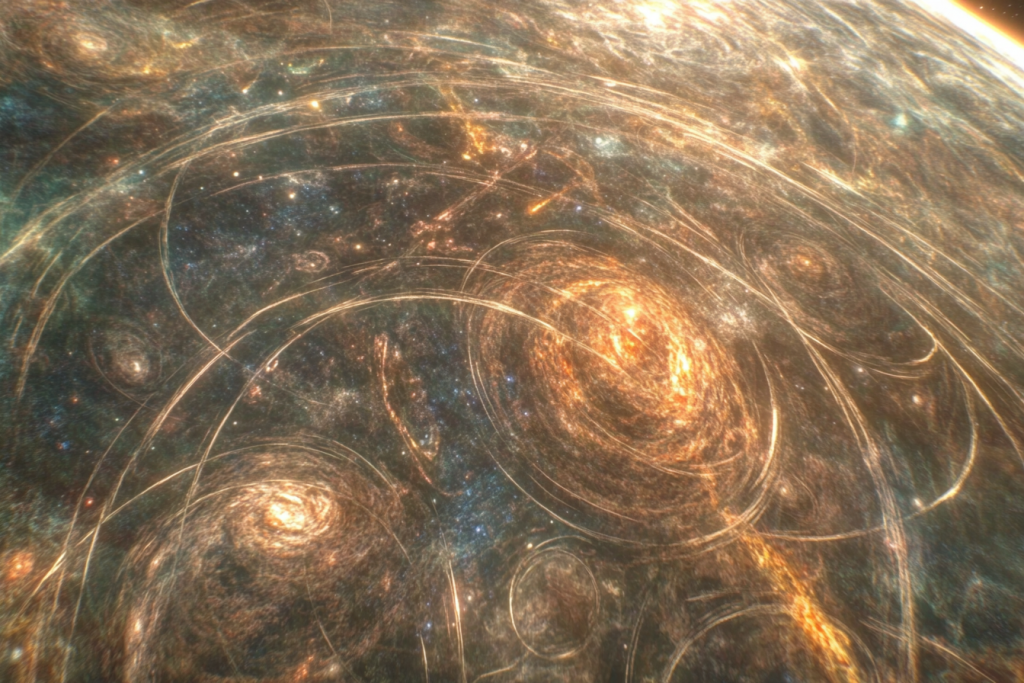
Galaxies, including our own Milky Way, are being drawn toward an enormous, invisible force known as the Great Attractor. This gravitational anomaly, located 150 million light-years away, exerts a pull so powerful that entire galaxy clusters are drifting toward it. Scientists still don’t fully understand what it is—some suspect a massive concentration of dark matter, while others believe it could be something even more exotic. Could this be evidence of a structure far beyond human comprehension?
White Holes – Theoretical Time-Reversing Twins of Black Holes

While black holes trap everything within their event horizons, some physicists propose the existence of white holes—cosmic objects that do the opposite, spewing out matter and never allowing anything to enter. If real, these mysterious entities could be gateways to other regions of space-time or even remnants of a previous universe. So far, no white holes have been observed, but their existence could rewrite our understanding of the cosmos.
The Cosmic Web – The Universe’s Hidden Skeleton

Stretching across the universe is an enormous structure known as the cosmic web—a vast network of invisible filaments connecting galaxies like neurons in a brain. This web is thought to be made primarily of dark matter, shaping the distribution of galaxies across space. Some theorists believe it could play an even deeper role, potentially acting as a cosmic nervous system influencing the flow of time and matter itself.
Planets That Shouldn’t Exist

Some planets defy all logic—such as “rogue planets” that float freely through space without a star or exoplanets that orbit impossibly close to their suns. Scientists have even discovered gas giants in places where planet formation was thought to be impossible. These celestial oddities challenge existing theories, hinting that the universe follows rules we have yet to fully understand.
Time Loops in Black Holes

Inside a black hole, space and time become so distorted that they may form closed time-like curves—essentially, loops in time where an object could theoretically move in a circle and return to the past. Some physicists speculate that if someone could survive the intense gravitational forces, they might experience time infinitely looping around them. If true, could black holes be natural cosmic time machines?
The Eridanus Supervoid – A Possible Window Into Another Universe

A massive, empty region of space called the Eridanus Supervoid appears to be colder and larger than standard cosmic voids. Some researchers suggest it could be evidence of a parallel universe pressing against our own. Others theorize it could be a relic of an ancient cosmic event, possibly linked to the mysterious nature of dark energy. Could this void be a scar from a collision between universes?
Neutron Stars That Bend Time

Neutron stars are the collapsed remnants of giant stars, packing more than the mass of the Sun into a city-sized sphere. Their gravity is so intense that they can warp the space-time around them, slowing time for anyone nearby. Some neutron stars even emit pulses of radiation so precisely that they function like cosmic clocks, helping scientists measure the passage of time across space.
The Expanding Universe – Reality Is Stretching

One of the most mind-boggling discoveries in physics is that space itself is expanding, and not just slowly—it’s accelerating. The farther away galaxies are, the faster they seem to be moving away from us. Some scientists believe dark energy is responsible, but no one truly knows why space is stretching at an ever-increasing rate. If this continues, could space-time itself eventually tear apart?
Wormholes – Theoretical Tunnels Through Space-Time

Einstein’s equations predict the possibility of wormholes—shortcuts through space-time that could connect distant points in the universe. Though none have been observed, some scientists believe they could exist naturally or be artificially created by advanced civilizations. If wormholes are real, they could hold the key to interstellar travel and even time manipulation.
The Holographic Principle – Is the Universe a Projection?

Some physicists propose that our entire universe might be a hologram—a three-dimensional projection of information stored on a distant cosmic boundary. This idea, known as the holographic principle, suggests that everything we experience, including space and time itself, could emerge from a deeper, two-dimensional reality. Recent discoveries in black hole physics support this theory, as black hole information appears to be encoded on their surfaces rather than within. Could our entire existence be a grand illusion, much like a shadow cast from a hidden dimension?
Are We Living in a Cosmic Illusion?

Space-time is not just a vast expanse—it is an active, dynamic fabric that bends, stretches, and possibly even loops in ways that challenge our fundamental understanding of reality. Some theories suggest that what we perceive as solid reality is merely a projection of a deeper, hidden dimension. If the universe itself is more complex than we ever imagined, then what other secrets lie beyond the limits of our perception?

